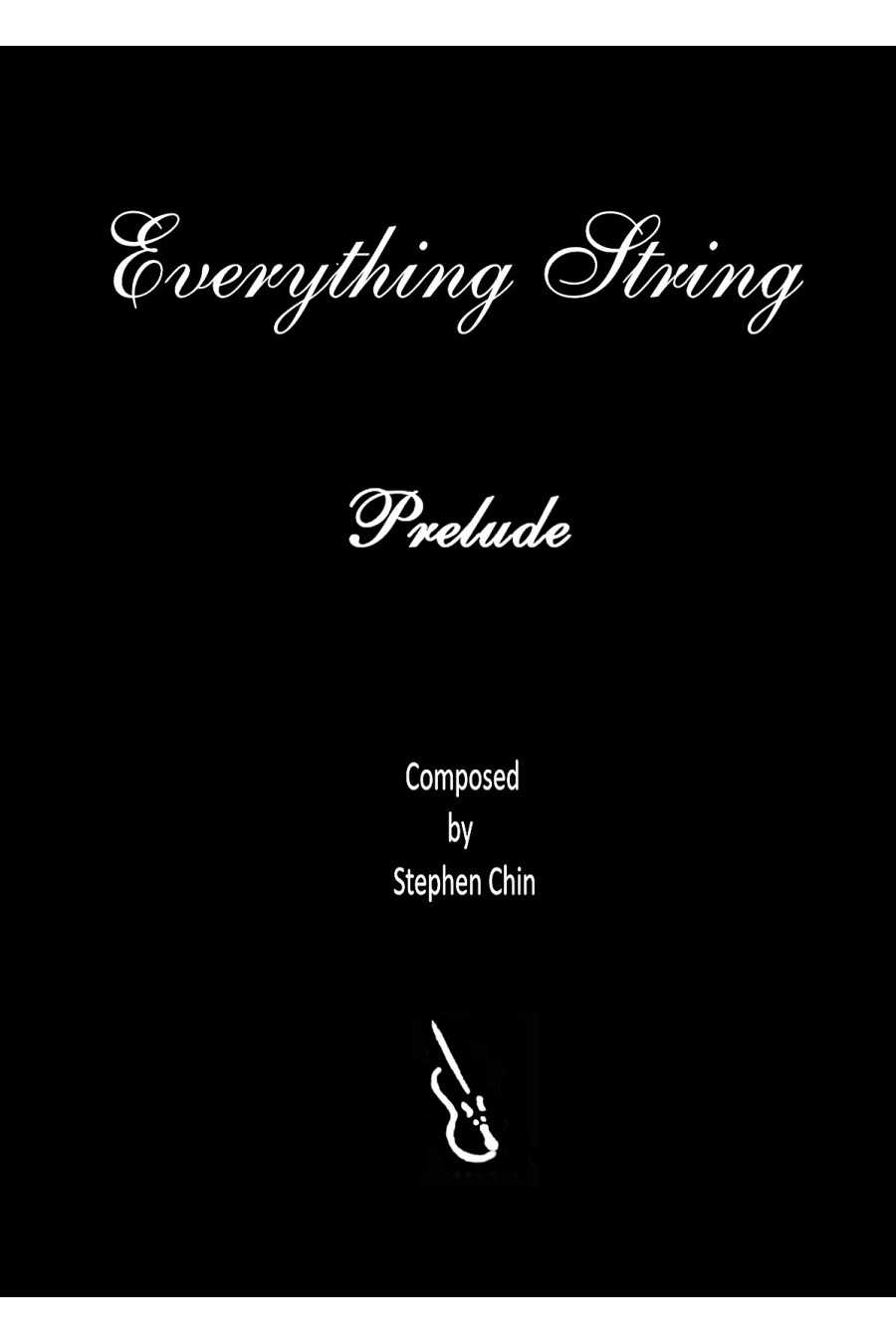
Buccaneer Rag By Stephen Chin
This piece for lower intermediate string orchestra features familiar sea shanties. All orchestra sections share the melody, making it dynamic and effective for nautical music lovers.
For String Orchestra Grade 2
This piece gradually expands harmony from a unison note, highlighting interesting texture. Younger musicians learn dissonance through gentle tonal clashes, while elementary players explore different bow speeds and lengths. It's a great introduction to the power of a string orchestra.
For String Orchestra Grade 1
As the notes of this piece are played, harmony gradually expands from a single note, creating an interesting texture that captivates the listener. The gentle tonal clashes provide an opportunity for younger musicians to familiarize themselves with the concept of dissonance. Moreover, the constantly changing dynamics allow elementary players to experiment with different bow speeds and lengths, further enhancing their musical abilities. This piece serves as a perfect introduction to the sustaining and enveloping power of a string orchestra, as it showcases the beauty of each individual instrument and the harmonious blend they create as an ensemble.
For String Orchestra Grade 1
This piece for lower intermediate string orchestra features familiar sea shanties. All orchestra sections share the melody, making it dynamic and effective for nautical music lovers.
For String Orchestra Grade 2
Whether dancing freely, creating something inspiring, or powering through a gym class, moving positively inspires this work, supported by driving rhythms, contrasting textures, and melodic lines.
A funky rooster tune with staccato bowing and a catchy melody is featured in this rondo-style piece. The "cock-a-doodle-do" rhythm is present throughout, and the descending bass line adds to the rag-tune feel. Perfect for an early morning rehearsal!
For String Orchestra Grade 2
Inspired by "The Rime of the Ancient Mariner", this festival piece is for eight-string orchestras and percussion. It starts with a wall of sound, then a mournful melody, and a lively jig-like section. Only Orchestra A needs to play percussion.
For eight string orchestras and percussion - Level 4, 3, 2, 1.5, 1
Pablo Sarasate (1844-1908) was a brilliant Spanish composer and violinist known for his expressive and technically challenging pieces like "The Carmen Fantasy" and "Zigeunerweisen". While retaining the original's virtuosity, this arrangement is accessible to younger musicians.
For String Orchestra Grade 2.
Arcangelo Corelli (1653 - 1713) was a Baroque composer who set the standard for musical composition in his time. This piece is based on the last of his opus five violin sonatas, which includes twenty-four variations on the Spanish melody "La Follia". The arrangement presents five variations after the theme is introduced, with each upper-string section playing the tune fully against Corelli's original figurations. The main theme returns in an opulent manner.
For String Orchestra Grade 3
This piece uses dynamic change and harmonics to evoke the beauty and mystery of the stratosphere.
Dedicated to Stephen's wonderful wife, Ann. Grade 3.
These majestic fanfares have inspired for centuries. Precision-crafted parts ensure easy playability and share main melodies amongst the ensemble. Roll out the red carpet!
1. Prince of Denmark's March
2. Fanfare Minuet
3. The Trumpets
For String Orchestra Grade 1.5